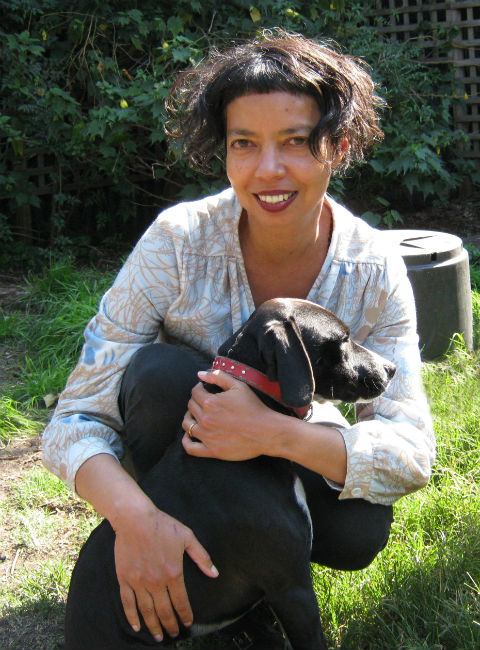
Michelle de Kretser’s short novel Springtime: A Ghost Story is a precisely told story of displacement, quiet tensions, and ghosts. Frances, the book’s protagonist, has just moved from her home in Melbourne to Sydney when the book opens. As she explores this new city, she stumbles onto an uncanny scene of what appears to be a ghost in the distance. How she reacts to this disquieting apparition, and how its impact is felt throughout her life, is traced in the pages that follow. I talked with de Kretser via email to learn more about the process of constructing the book, the nature of ghost stories, and more.
Springtime tells a very concise story in a short number of pages, but there’s also plenty of history, time, and nuance found within its pages. When you began writing it, did you have a sense that you’d be working at the novella length?
Yes, I did. Having written a very long novel (Questions of Travel), I wanted to work in a shorter form. I’m so pleased that you found that sense of history and time in Springtime: I hoped that narrative ripples would go on spreading in the reader’s mind.
When looking at a short novel or novella that tells a ghost story that’s more about perception than intrusions of the supernatural, The Turn of the Screw also comes to mind. Do you think there’s something about working at this particular length that suits this type of story?
I guess it does, in the sense that this kind of text relies on a certain tension generated by ambiguities and misapprehensions, which would be difficult to sustain for the length of a novel. At the same time, the novella allows more room than the short story for character development, which is necessary since those ambiguities are psychological, produced by an individual way of perceiving the world.
Frances’s displacement after moving from Melbourne to Sydney is a recurring theme throughout the book, to the point where Sydney is almost defined here as the things that it’s not. Has your own experience of the two cities echoed Frances’s? And have you found that readers outside of Australia have been able to grasp the contrast between the styles and moods of the two cities?
I was certainly struck by the differences – physical but also psychological – between Sydney and Melbourne after I moved here. For instance, Melbournians rarely voice any criticism of their city: they are very proud of it, and resent any negative comments from outsiders. Sydneysiders, on the other hand, disparage their city all the time – they were quite amazed when I told them how much I enjoy living here. The difference between Frances and me is that I’m not nostalgic for Melbourne, whereas she is uncertain about her new relationship and that anxiety transfers itself to her environment.
You are better placed to answer the question about reader responses than I am! My guess would be that readers outside Australia would nevertheless be able to relate to differences in mood and so on between cities: a phenomenon that is found the world over.
Late in Springtime, the characters begin musing on the nature of ghost stories. When did you decide to add this somewhat metafictional touch?
I intended to do this all along. One of my favourite writers, Penelope Fitzgerald, has a wonderful novel – actually, all her novels are wonderful – called The Gate of Angels, which is a ghost story among other things; it contains a chapter in which a character relates a ghost story. That’s not metafictional, strictly speaking, but The Gate of Angels was one of the books at the back of mind when I was writing Springtime and the discussion about ghost stories seeped in from that source. Also, I guess I’ve long been fascinated as to why ghost stories were so popular in the late Victorian and Edwardian eras, and why they fell out of fashion; so that question made its way into the book.
There’s a substantial sense of the contemporary here, with one character discussing the very early-21st-century concept of brand launches. How important was it for you to have a very specific sense of time in here?
Ghost stories are often set in the past, and since I was working against generic conventions, I wanted to set mine in the present. Hence the contemporary references.
Did you have a particular image in mind for the apparition that Frances initially sees that sets the plot in motion?
I did. One morning, when I was walking my dog by the river, I saw what Frances sees. So did a cyclist coming the other way, who almost fell off her bike in fright. That was the seed from which Springtime grew.
Are there any particular ghost stories that have captivated you over the years?
The Turn of the Screw and The Gate of Angels, which both approach the ghost story at an angle, are among my favourites. For a more standard, Gothic, straight-down-the-line-terrifying example, Susan Hill’s The Woman in Black is hard to beat. And I wouldn’t like to be reading Shirley Jackson’s The Haunting of Hill House late at night in a lonely place.
Follow Vol. 1 Brooklyn on Twitter, Facebook, Google +, our Tumblr, and sign up for our mailing list.
